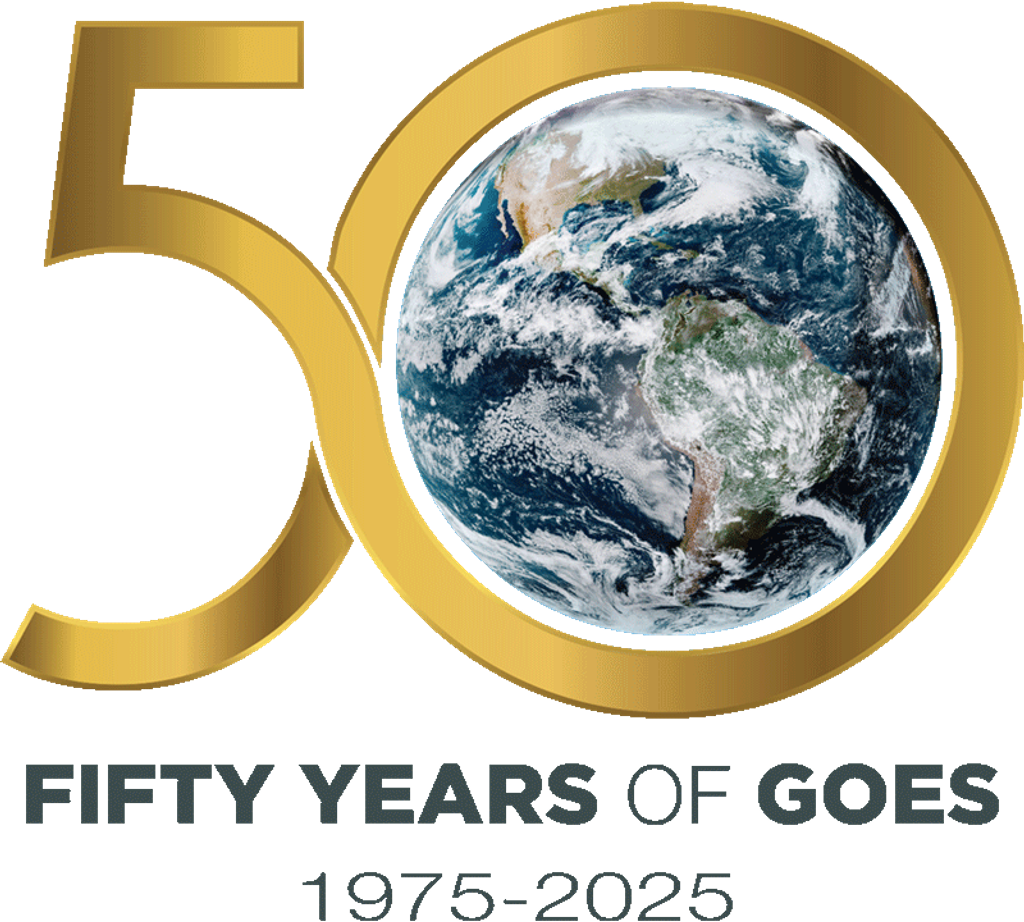Search and Rescue
In the United States, search and rescue efforts are coordinated through the national search and rescue program called SARSAT. This is a combined effort between NASA and three other U.S. agencies. The Air Force coordinates inland search and rescue, the Coast Guard coordinates maritime search and rescue, and the National Oceanic and Atmospheric Administration operates the system. In their lab at NASA’s Goddard Space Flight Center in Greenbelt, Maryland, the Search and Rescue (SAR) office infuses technology into the overall search and rescue program to minimize the search time and maximize rescues on Earth and beyond.
How does NASA contribute to Search and Rescue?
Cospas-Sarsat
Beacons for land, sea, and air rescue efforts.
Since 1982, when the first official rescue associated with the international program occurred, the Cospas-Sarsat system has provided information assisting in the rescue of more than 50,000 people in more than 13,000 distress situations.
quick facts
SARSAT U.S. Rescues Map
The National Oceanic and Atmospheric Administration (NOAA) hosts SARSAT's Search and Rescue Satellite-Aided Tracking map, logging SARSAT U.S. rescues from 2016 to today.
Learn more
Search and Rescue Resources
Space Communications: 7 Things You Need to Know
NASA’s Space Communications and Navigation (SCaN) program enables this data exchange, whether it’s with astronauts aboard the International Space Station,…
Read the Story















































